
Innerer Knieschmerz Übungen für das Pes AnserinusSyndrom
Pes anserinus tendinitis/bursitis syndrome, or pes anserine bursitis, is a cause of chronic knee pain and weakness. [3] [4] It occurs when the medial portion of the knee is inflamed. If the bursa underlying the tendons of the sartorius, gracilis, and semitendinosus gets irritated from overuse or injury, a person can develop this ailment.

Pes anserinusSyndrom behandeln Ursache, Therapie und Übungen in 2021 Knieschmerzen, Ursache
The Pes Anserine, also known as pes anserinus or the goose's foot is the combined tendon of the semitendinosus muscle (one of the hamstrings), Sartorius and gracilis. Each of the three muscles is supplied by a different nerve: Sartorius = femoral nerve. Gracilis = obturator nerve. Semitendinosus = tibial nerve.
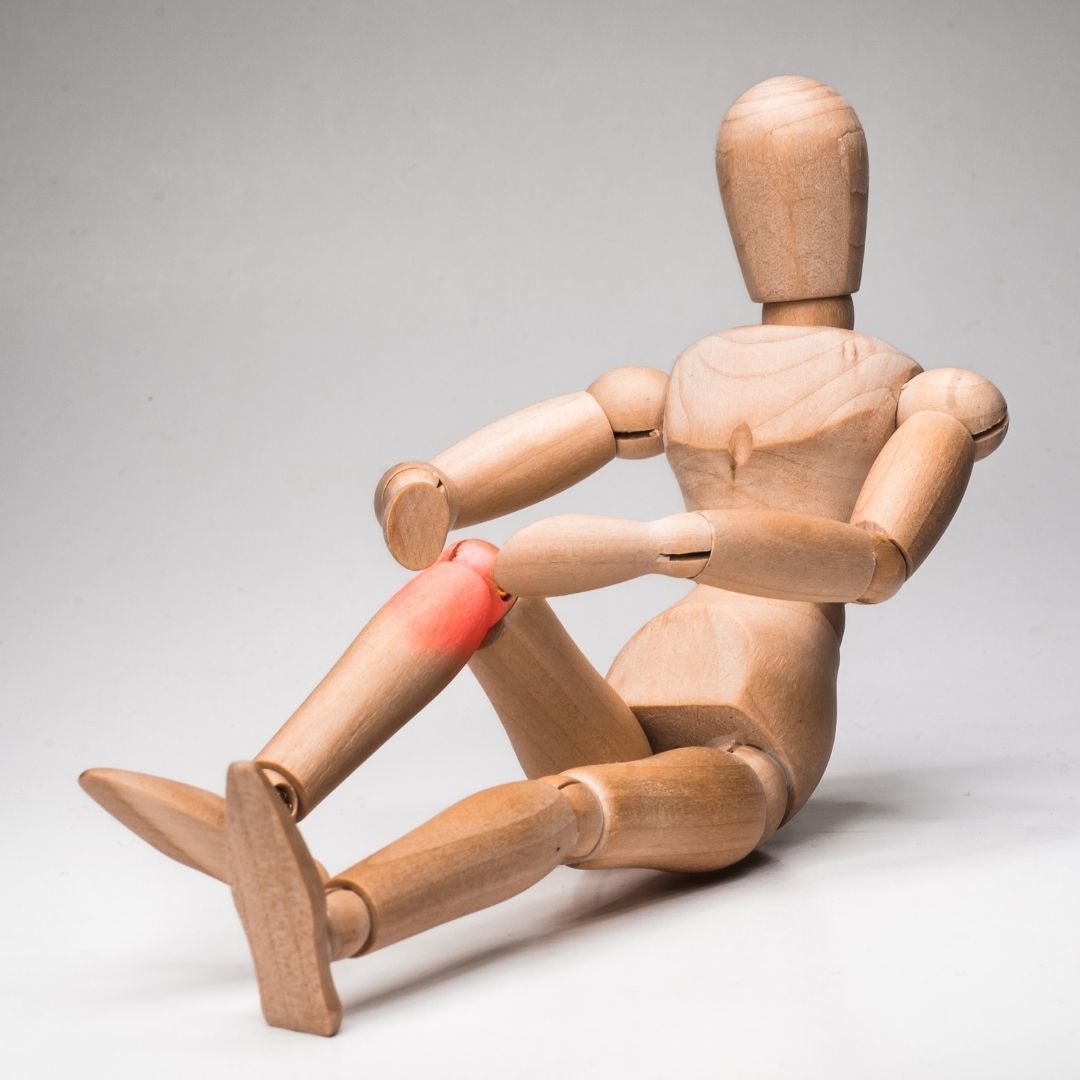
Pes anserinusSyndrom behandeln Ursache, Therapie und Übungen
Pes anserine syndrome If you are experiencing pain on the inside of your knee, or at the center of your shinbone, then you may be suffering from Pes Anserine Bursitis. We guide you through the common causes and how you can start relieving and treating your pain. Injurymap's rehabilitation program for this diagnosis is very popular

Pes anserinusSyndrom erklärt Überlastung der KnieInnenseite YouTube
Knee pain is a common complaint in clinical practice, and pes anserinus tendino-bursitis syndrome (PATB) has been frequently diagnosed based only on clinical features that may cause equivocal interpretations. Patients complain of characteristic spontaneous medial knee pain with tenderness in the inferomedial aspect of the joint.

Pes Anserine Bursitis , knee pain Everything You Need To Know Dr. Nabil Ebraheim YouTube
Pes anserine bursitis is an inflammation of the bursa located between the shinbone (tibia) and three tendons of the hamstring muscle at the inside of the knee. It occurs when the bursa becomes irritated and produces too much fluid, which causes it to swell and put pressure on the adjacent parts of the knee.
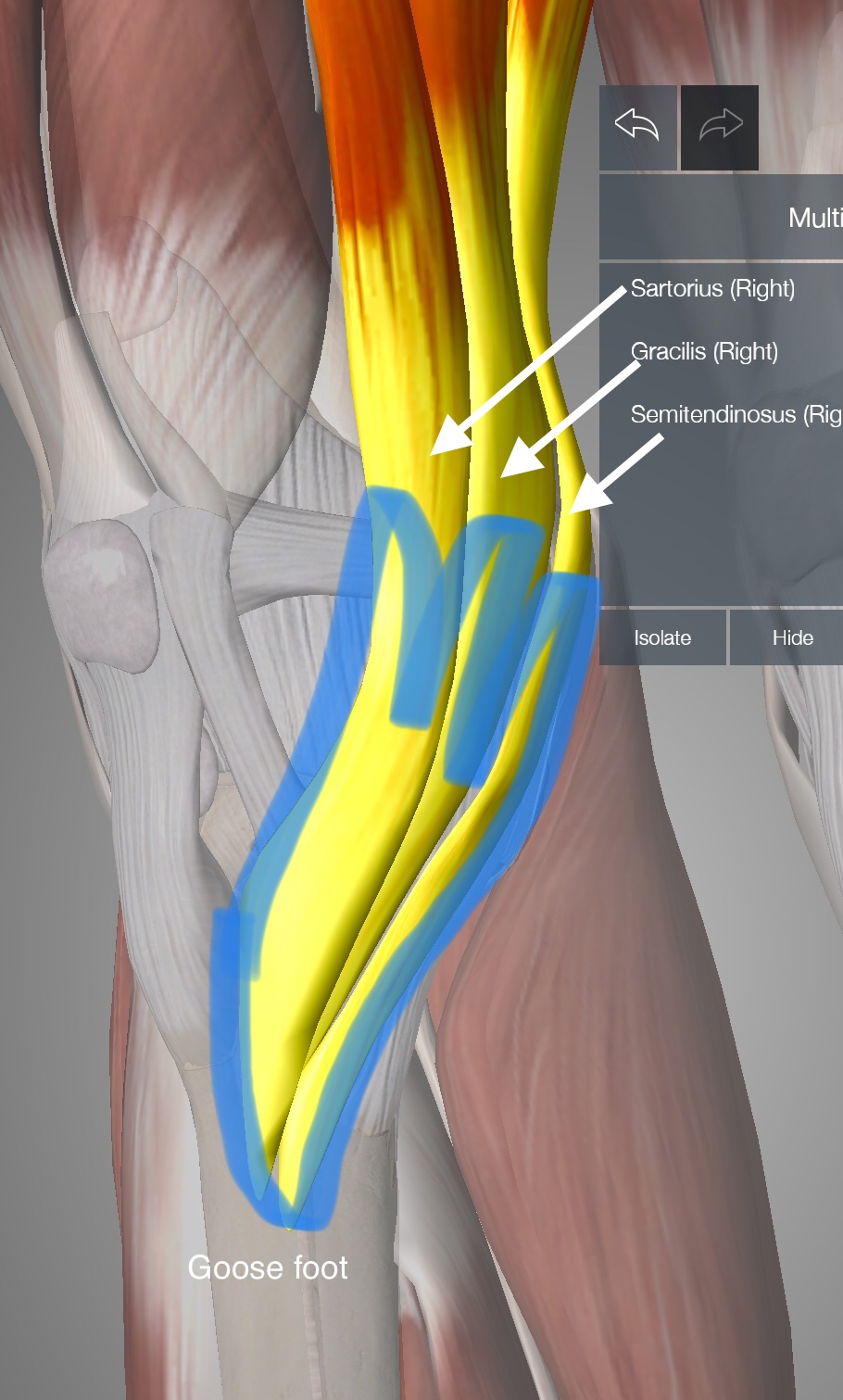
Adding Insults to a Common Injury Boston Bodyworker
Pes Anserine bursitis, also known as intertendinous bursa, is an inflammatory condition of bursa of the conjoined insertion of the sartorius, gracilis and semitendinosus [1]. We can locate this at the proximal medial aspect of the Knee, two inches below the medial knee joint line between the pes anserinus tendons [2] [3] [4].
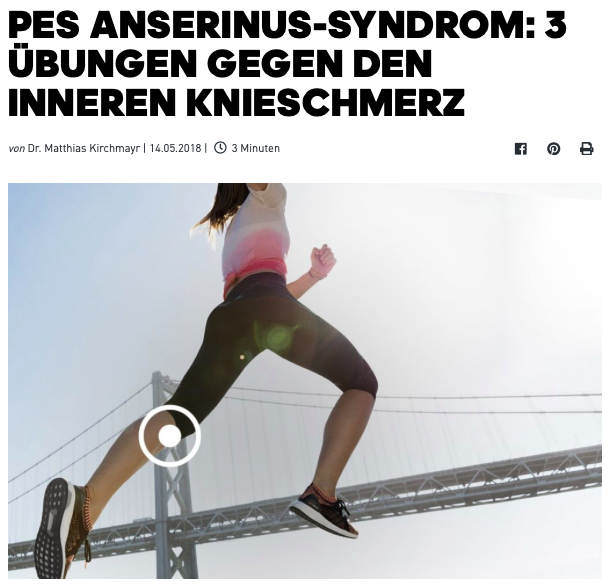
PES Anserinus Syndrom der innere Knieschmerz Faszienexperte
Pes anserinus tendinopathy and pes anserine bursitis are conditions commonly associated with obesity and osteoarthritis (OA) of the knee.

PES ANSERINE BURSITIS
1. Medial Knee Pain The most common symptom of pes anserine bursitis is pain and tenderness on the inner side of the knee approximately 2-3 inches below the joint.

Pes Anserinus Bursitis Bone and Spine
CONCLUSION. The pes anserinus, consisting of the conjoined tendons of the sartorius, gracilis, and semitendinosus muscles and their insertions at the medial aspect of the knee, is of-ten neglected during imaging assessment. Common pathologic conditions affecting the pes an-serinus include overuse, acute trauma, iatrogenic disorders, and tumors.
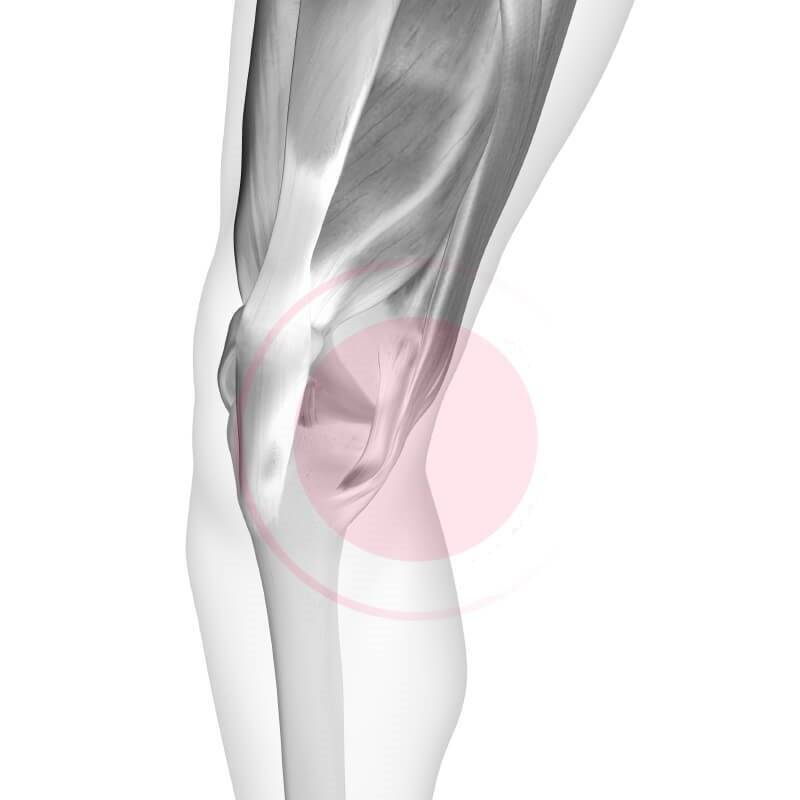
Knieschmerzen Innenseite Das Pes Anserinus Syndrom Knieschmerzen beim Laufen Bauerfeind Sports
Pes anserine bursitis is a type of bursitis. Bursitis is a soft tissue condition that causes inflammation of a bursa, a small, flat fluid-filled sac of synovial fluid, the lubricant that cushions the friction between a bone and muscle or skin and tendon. It also acts as a shock absorber to soften the impact on your joints.
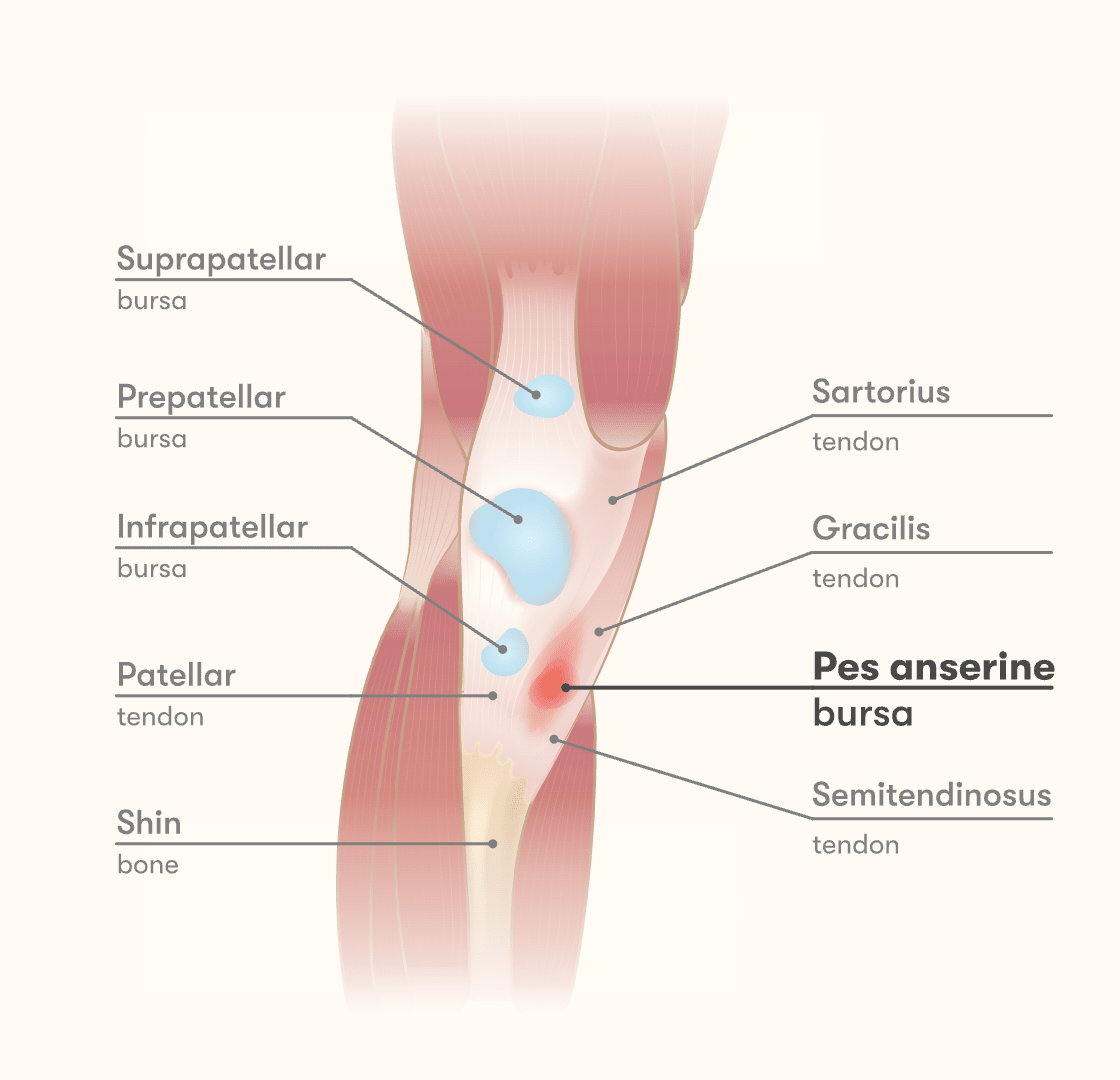
Pes Anserine Bursitis Causes, Symptoms & Treatment Guide
Pes anserinus syndrome is the name given to pain occurring on the inside of the lower leg just below the knee joint. There is irritation in the tendon, and the synovial bursa may also be inflamed. Pain worsens under stress, such as when climbing stairs, when crouching, or after walking/running and jumping.

Exercice de souplesse, Jambes douloureuses, Pattes d'oie
Pes anserine bursitis is an inflammatory condition of the medial (inner) knee at the anserine bursa, a sub muscular bursa, just below the pes anserinus . Pathology The pes anserinus is where the tendons of the sartorius, gracilis, and semitendinosus join at the medial knee, [1] into the anteromedial proximal tibia .

Bandage bei Pes Anserinus Syndrom Knieschmerzen Innenseite Das Pes Anserinus Syndrom
Snapping pes anserinus syndrome is a condition that can occur with the pes anserinus tendons. Clinical presentation It is a frequent cause of medial knee snapping or painful clicking and catching experienced at the posteromedial corner of the k.

Innerer Knieschmerz Übungen für das Pes AnserinusSyndrom
How common is pes anserinus bursitis? Pes anserinus bursitis is most common among athletes. The condition is also prevalent in adults with osteoarthritis and people with obesity. Statistically, anterior knee pain, or knee pain in the front of the knee, is most common in women over 50 with obesity.

Anatomy Stock Images kneeanserinesyndromepesanserinusbursitistendinitispainlocation
Pes anserinus syndrome is caused by walking for an extended period on uneven or sloped surfaces, muscular imbalances, worn-out running shoes, one-sided training, pelvic instability, or gait problems (knock knees). What are the symptoms of medial knee pain? of medial knee pain is often initial pain at the beginning of a workout, which then fades.
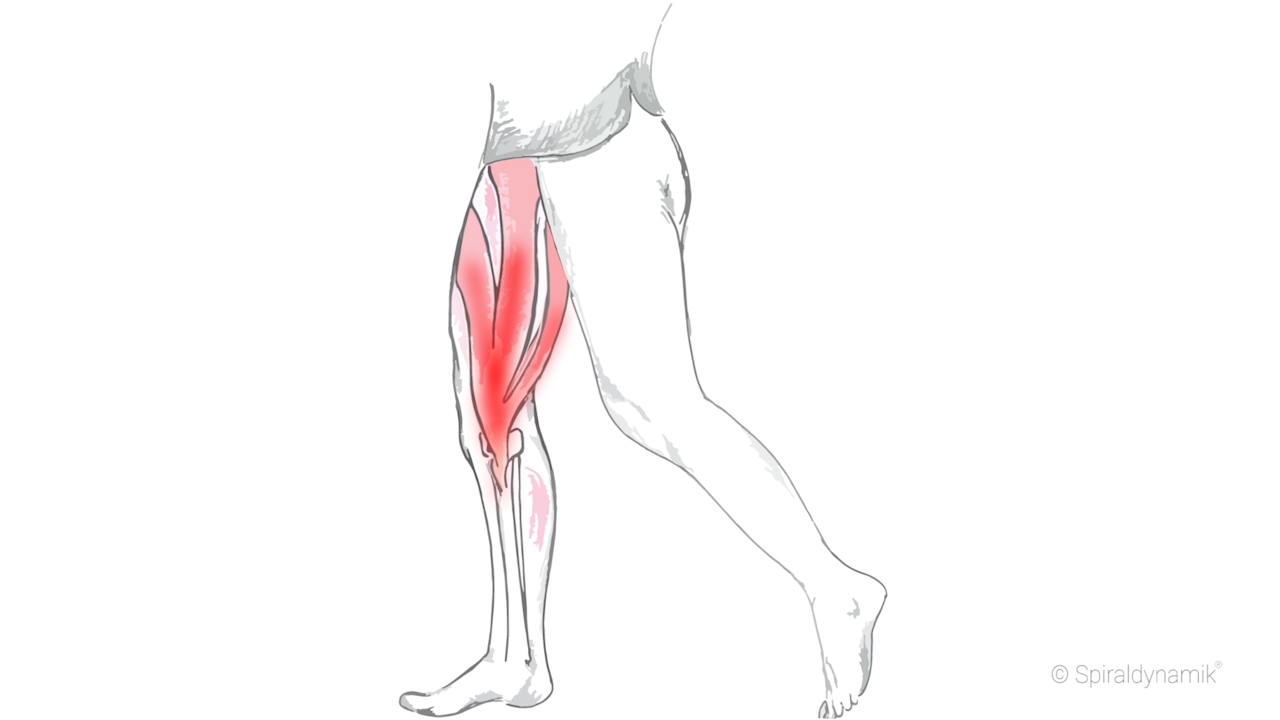
Therapie PesAnserinus
Pes Anserine Bursitis - StatPearls - NCBI Bookshelf HHS Vulnerability Disclosure Bursitis is the general term used to describe inflammation of any bursa. The bursae are cavitary structures lined with synovial tissue that cushions and assists during the motion of joints and muscles.